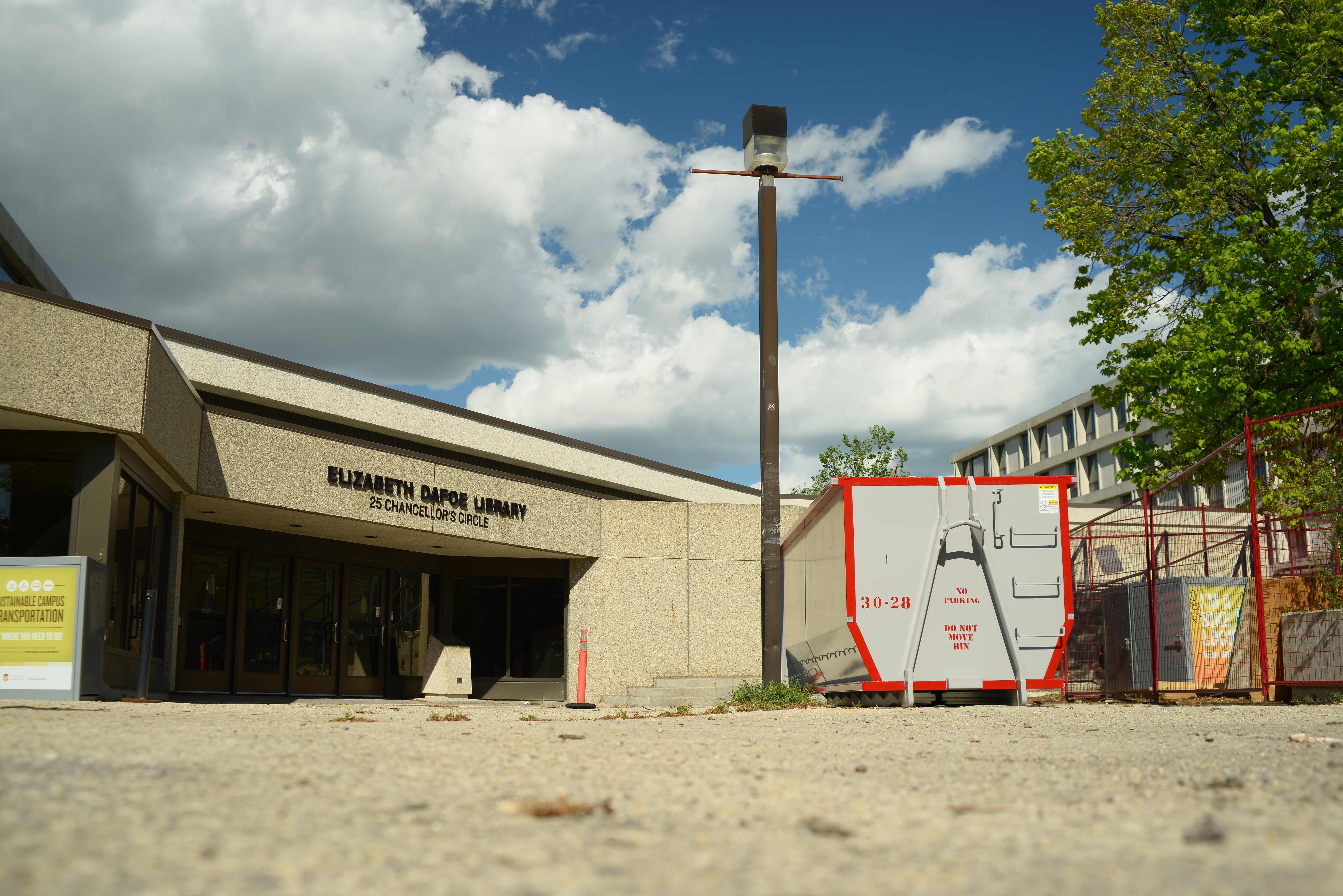The University of Manitoba is in the early stages of planning its 2012-13 budget, but officials are concerned that their levels of funding will not be enough to achieve their strategic priorities.
The Board of Governors approved the 2011-12 operating budget of approximately $538 million in May.
The current budget allows the university to allocate money to some specific priorities, such as academic enhancement, support for the activities of the executive lead in the area of aboriginal achievement and support for student services on the Bannatyne campus.
Naline Rhampersand, spokesperson for Minister of Advanced Education and Literacy Erin Selby, said that in 2011 the provincial government put into legislation a multi-year funding commitment for universities.
“We will start with a three-year funding commitment of a guaranteed five per cent increase for the next three years. Therefore, you will have stable, predictable funding.”
But the levels of increase may not be enough.
The president’s report to Senate on Oct. 5 said that the 2012-13 level of increase is welcome, but insufficient to fulfill the university’s mandate, respond to competitive forces, or address the gradual erosion of core funding that the university has absorbed over the last 20 years.
“Pursuing the status quo, though it offers predictability, limits flexibility and reduces our ability to be relevant, innovative and responsive,” said John Danakas, director of Marketing Communication for the U of M, speaking on behalf of university officials.
In an email response, Danakas explained that the operating budget for the U of M needs to be at the same level as other Canadian medical-doctoral universities. In comparison to other peer institutions, the U of M’s budget is under funded by 11-14 per cent, or between $55 and $75 million.
Danakas went on to say that a challenge for the university is offering competitive grad student support.
“Compared to our peer universities, provincial support for graduate students can at best be described as inadequate,” Danakas said.
The president’s report stated that the university included a request for an incremental base grant allocation and an urgent need for $19.2 million in support of important capital projects in a response to the Council on Post Secondary Education (COPSE).
UMSU president, Camilla Tapp, explained that the university is “still hurting” from cuts to education made by both the federal Liberal government and the provincial Conservative government in the 1990s.
“Recent levels of funding have been decent, but not great,” said Tapp.
Tapp said that the $19.2 million is the amount it would take to catch up to where the university could have been if those cuts had not been made.
She said there is a significant amount of capital infrastructure spending needed on campus.
“We’ll also continue to keep pushing to get that funding up.”
But Tapp indicated that there has been some funding progress.
“The recent NDP election promise to continue increasing PSE levels of funding by a minimum of five per cent a year is a very positive step,” said Tapp. “We think it will make this and future budgets easier to write.”
Tapp explained that there has been a drop-off in “one-time” funding for projects and a greater reliance on ongoing funding for new academic and support positions and programs, adding that it is better for students.
Tapp said that UMSU has yet to make any recommendations for the 2012-13 budget as it is still early in the budgeting process.
Tapp said in the past UMSU has tried to amend the budget several times to prevent things like large tuition increases or cuts to academic programs, but she said the Board of Governors is “often not predisposed to make those sorts of changes.”
She said UMSU wants the 2012-13 budget to maintain accessibility, make sure there is enough funding for academic programs, prevent executive level bloat and “generally push for the university budget to be as student friendly as possible.”




